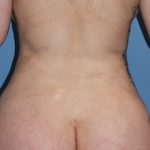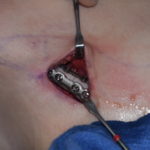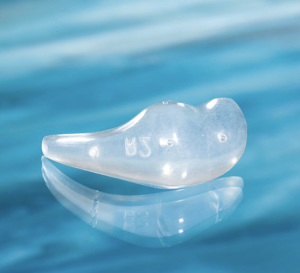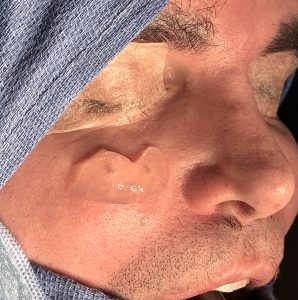Aesthetic Augmentation of the Midface: Maxillary Implant Options
Historically, midface enhancement has been achieved using commercially available, off-the-shelf cheek implants. These come in two primary styles: malar and submalar.
- Malar implants primarily augment the cheekbone itself.
- Submalar implants target the underside or concave area of the cheekbone, extending into the upper soft tissues of the cheek.
Both designs produce a lateral midface augmentation effect.
The Unaddressed Maxillary Zone
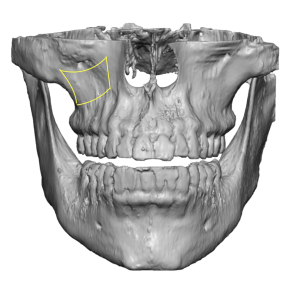
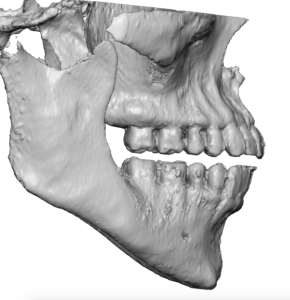
Indications for maxillary augmentation alone are limited, and no preformed implants currently exist for this specific purpose.
Off-the-Shelf Adaptations

One effective method is to alter an existing submalar implant:
- Remove its tail.
- Position the upper notch of the implant against the infraorbital nerve exit.
This adaptation effectively creates a maxillary implant.
Surgical Approach
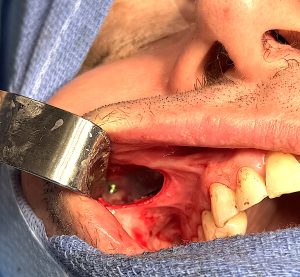
Ideal Candidates
These implants may be especially useful for patients with flatter midface projection but adequate cheek width.
The goal is to advance the midface forward without increasing cheek width, creating a balanced, harmonious facial contour.
Dr. Barry Eppley
World-Renowned Plastic Surgeon

